
Government incentives to boost solar manufacturing in India: report
The PLI scheme and the 2022 budget allocation could produce at least 40GW of solar modules.
The Production-Linked Incentive (PLI) scheme for integrated photovoltaic (PV) manufacturing as well as the allocation provided under the 2022 budget could help produce at least 40 gigawatts (GW) of solar modules in India.
The government provided an initial outlay of US$616m under the PLI, and some US$2.5b under the 2022 spending plan, which could boost the solar manufacturing industry.
“The PLI scheme alone, if judiciously implemented, can increase the integrated solar module, cell and wafer domestic manufacturing capacity several times over in the next three to four years,” Jyoti Gulia, Founder JMK Research and co-author, said.
“This will help in creating a huge demand potential for the PV ancillary market – solar glass, ethylene vinyl acetate (EVA) etc – and skilled workforce. The direct investment in the country on account of PLI budget expansion would potentially rise to about Rs90,000 crore (US$11.5 billion).”
In a report, JMK Research and the Institute for Energy Economics and Financial Analysis (IEEFA) found that China currently dominates the global solar module manufacturing capacity with 358GWs.
India’s manufacturing capacity stands at around 18W, which is roughly around the annual capacity addition of top individual Chinese PV brands. India also presently imports raw materials, largely from China.
“Without large-scale domestic manufacturing, from raw materials through to modules, the overarching risks of logistics and commodity price fluctuations for imports will persist,” co-author Vibhuti Garg, Energy Economist and Lead India, IEEFA, said.
“The Indian PV industry also faces mid- to long-term challenges of high manufacturing expenses, inadequate research and development (R&D) and a shortage of skilled manpower.”

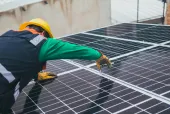


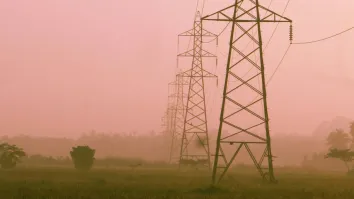

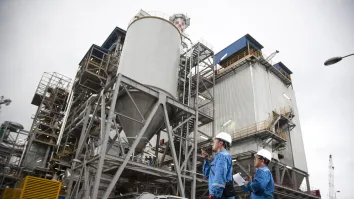
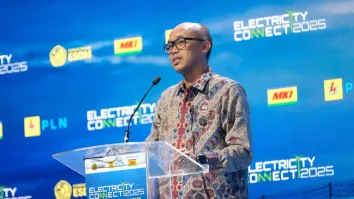



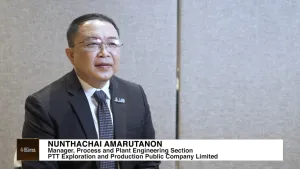


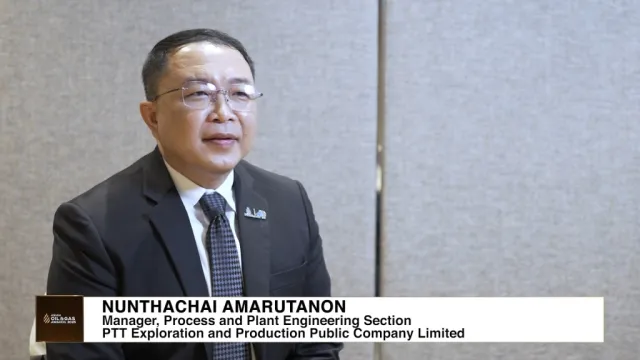

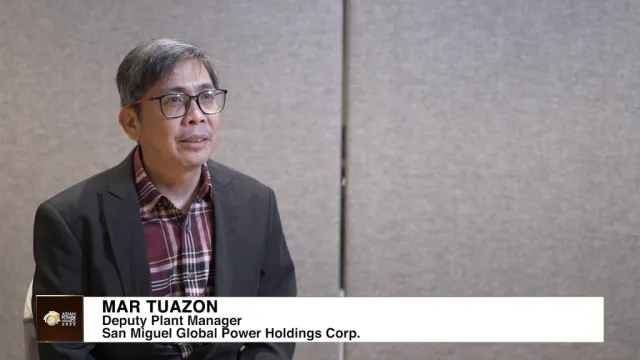
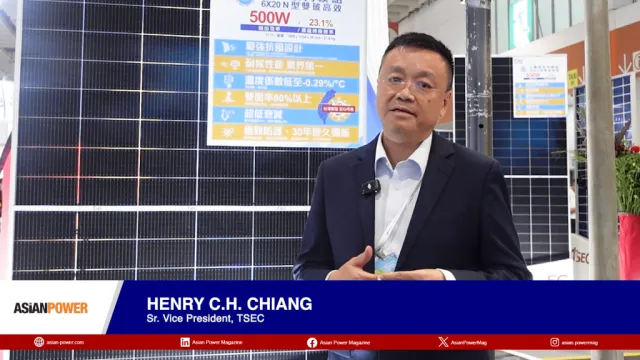

 Advertise
Advertise







